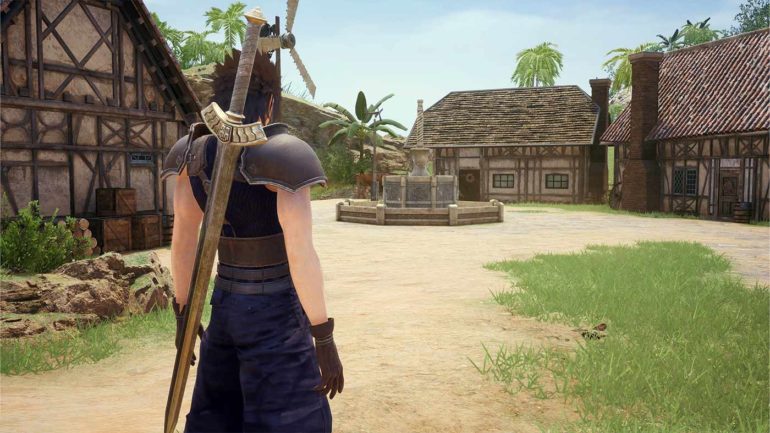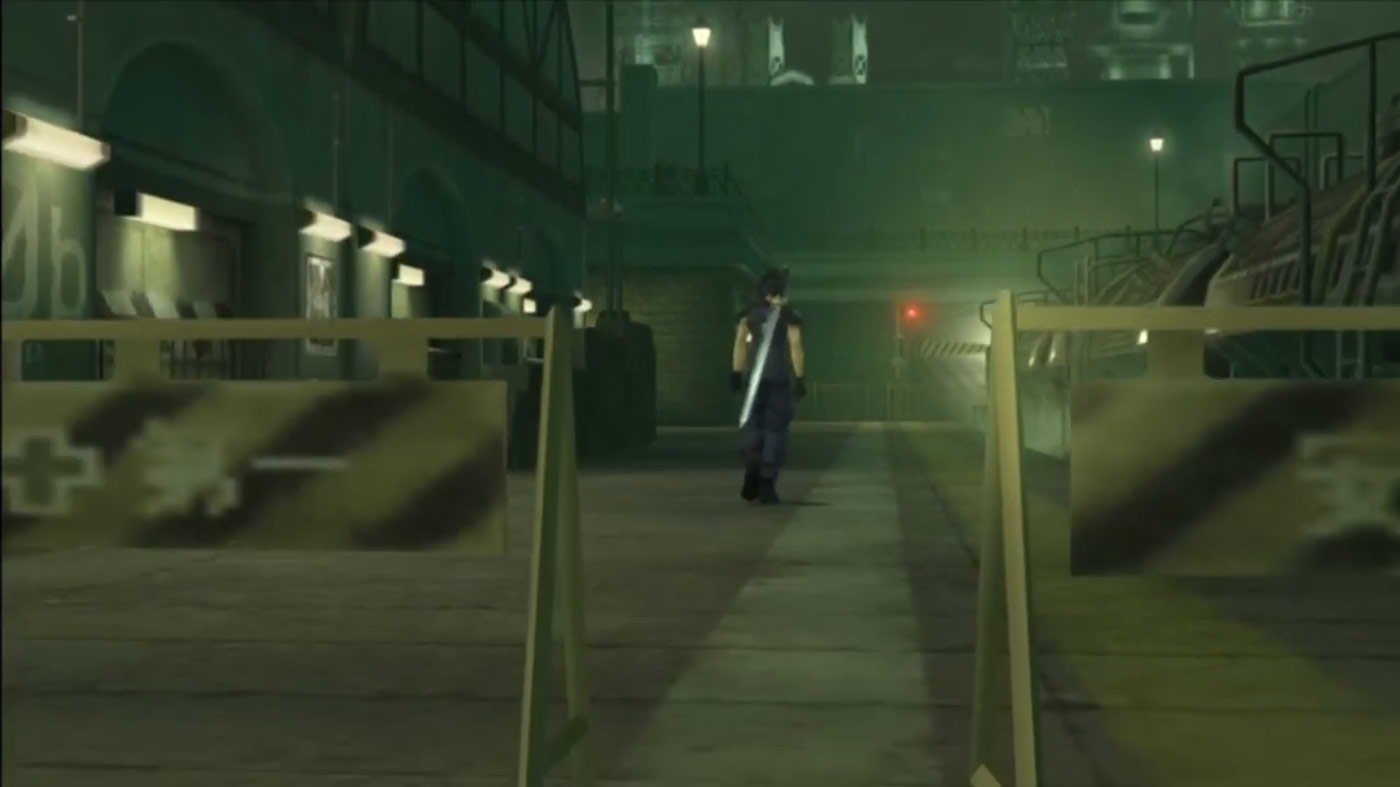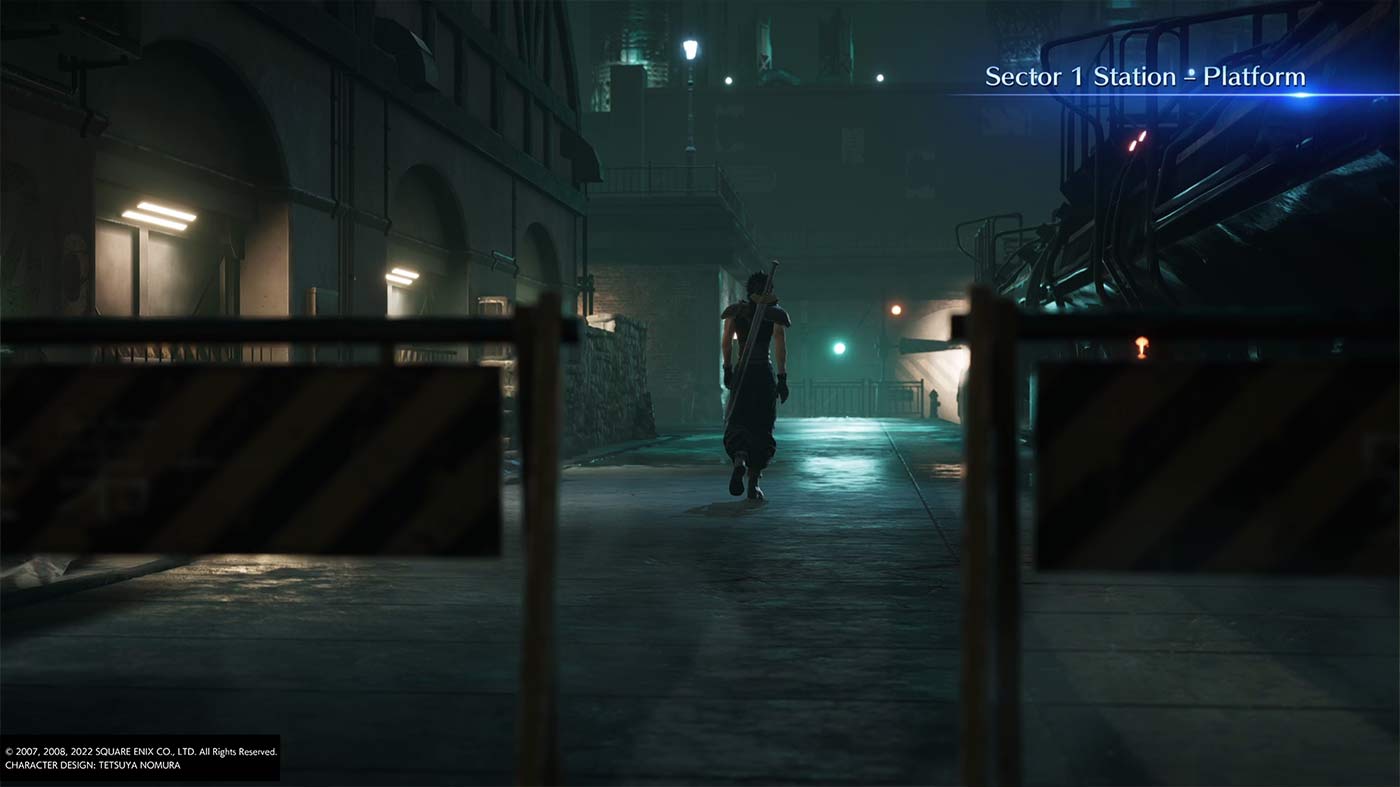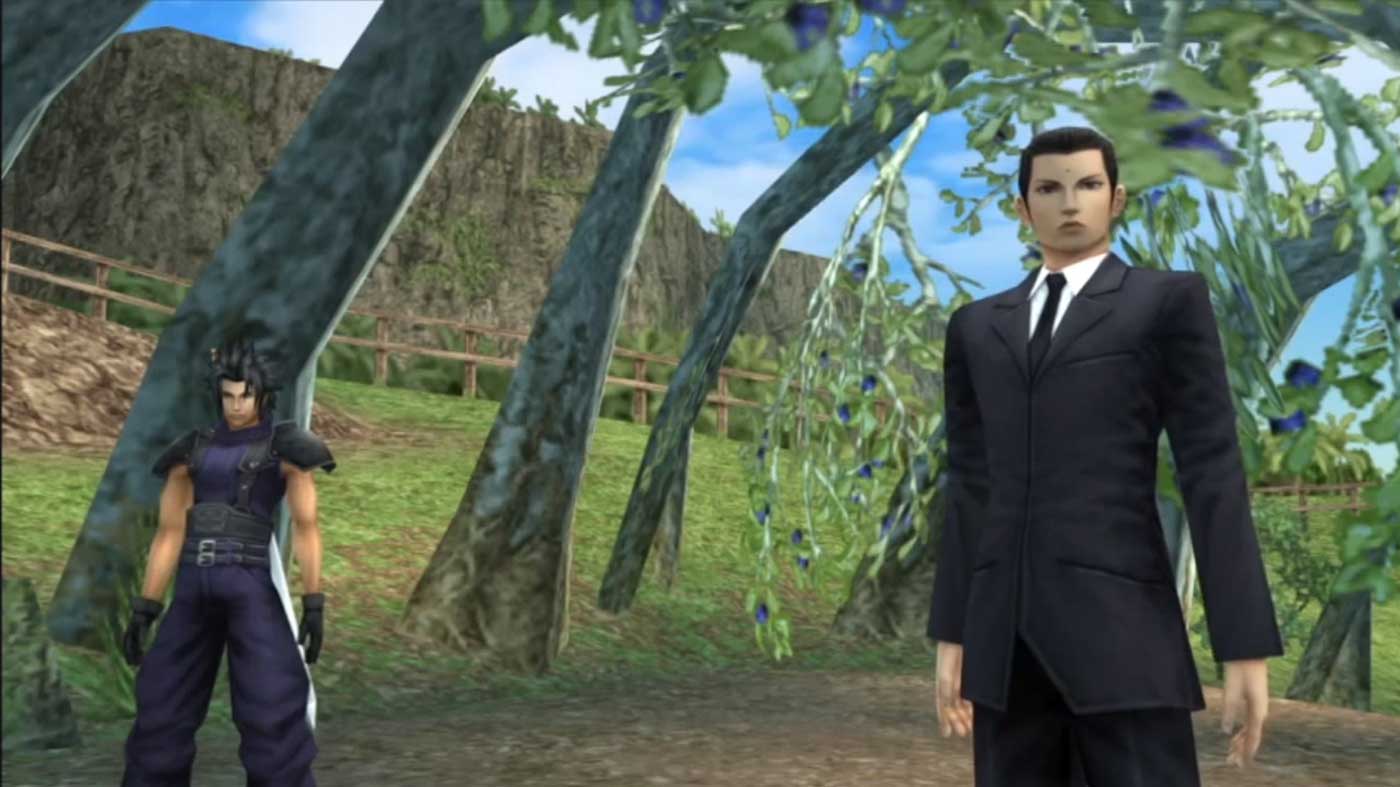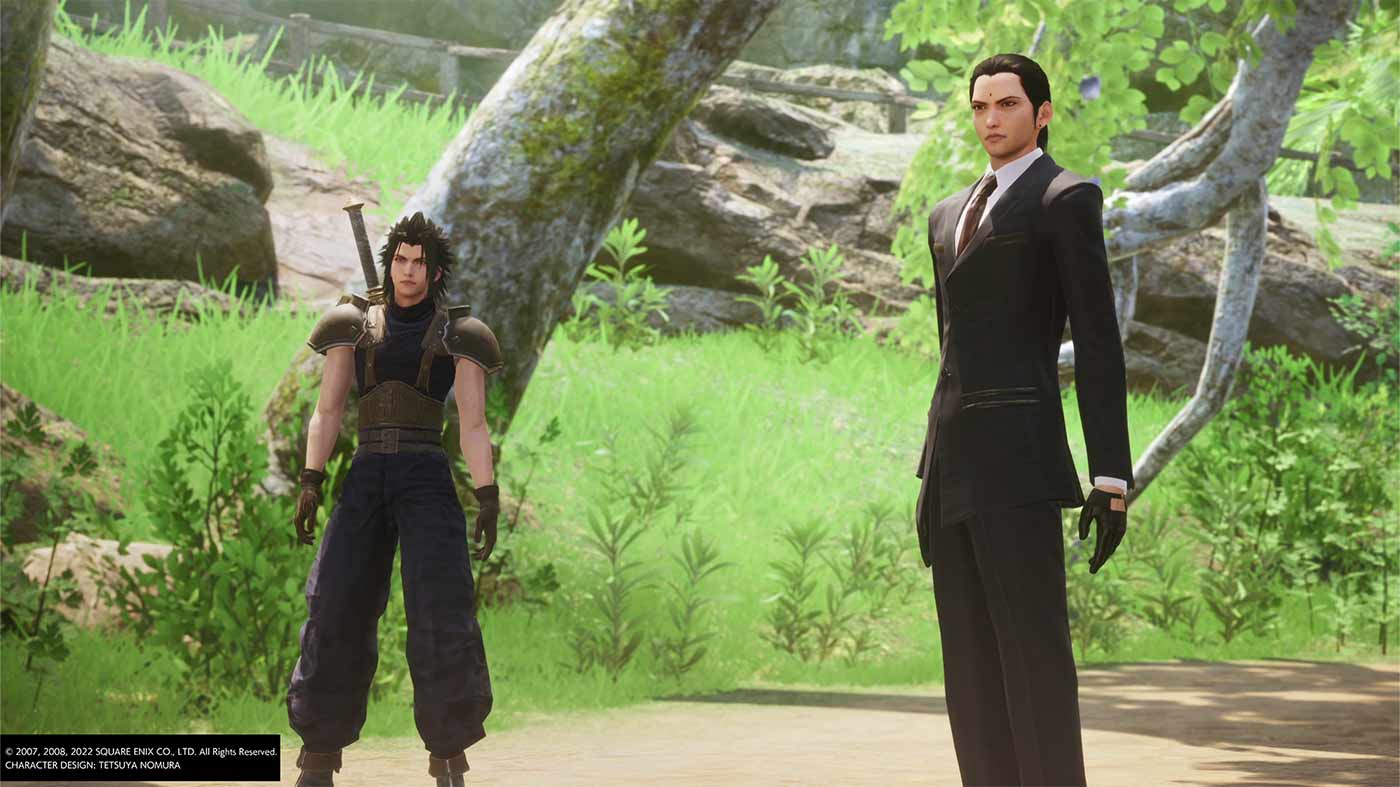Like it or not, Square Enix is hell-bent on revisiting and revitalising what is arguably the most popular and enduring entry in its storied franchise, Final Fantasy VII. Not content with the video game and media blowout this particular slice of Final Fantasy enjoyed in the early 2000s, the “Compilation of Final Fantasy VII” metaseries has continued with 2020’s Final Fantasy VII Remake (and its impending sequels) and now the annoying-to-type Crisis Core –Final Fantasy VII– Reunion.
Unlike the ground-up remake treatment that the original Final Fantasy VII is undergoing right now, the “Reunion” version of 2008’s Crisis Core: Final Fantasy VII is a largely note-for-note reissue of the PSP exclusive that presents an identical narrative and overall structure with fairly major updates to combat alongside some nifty visual upgrades. And it makes sense, after all Crisis Core in its original form has held up considerably well and bears more than a few similarities to modern series’ titles, especially Final Fantasy VII Remake.
THE CHEAPEST PRICE: $72 WITH FREE SHIPPING FROM AMAZON
I’m fortunate enough to be able to share some early thoughts on my time so far with Crisis Core –Final Fantasy VII– Reunion and its first three chapters, and to sum up the following handful of paragraphs simply – this is very much just Crisis Core again, but better.
Reunion spares no time in reminding players that what they’re about to experience is in essence the same game from 2008, booting into an upscaled version of the original opening video sequence and gorgeously-redone title screen artwork. From the time you hit “New Game” up until control of the game’s protagonist and all-around best boy Zack Fair is first handed over, what you’re getting is very much a frame-for-frame repeat of the original. Where it begins to deviate almost immediately though is in the way Crisis Core’s unique real time combat system plays out.
A welcome amount of effort has gone into making the PSP version’s combat work on newer platforms, taking what was ambitious for a 3.8″ handheld screen and making it feel fluid and fun to play in 2022. The sometimes-awkward system of using the shoulder buttons to scroll through commands, abilities and items has been replaced by a much more contemporary control scheme that maps attacking to a dedicated button while Materia is pulled up from a contextual menu and items take up the old scrolling menu at the bottom of the screen. By sheer virtue of all the extra buttons available on whichever controller or peripheral you wind up playing Reunion with, combat feels exponentially more immediate, reactive and enjoyable.
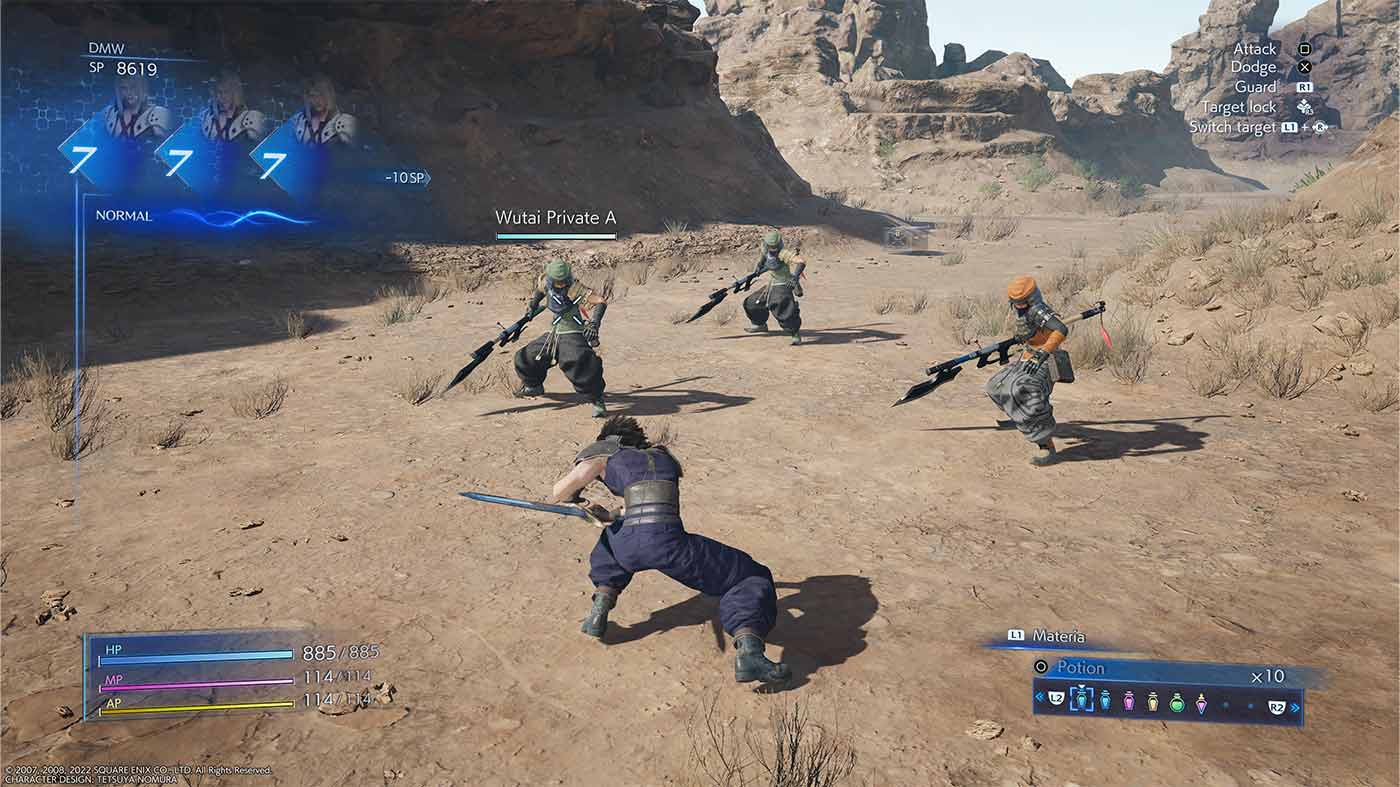
I’ve spent a good portion of the first three chapters plugging away at the game’s infamous laundry list of optional missions and already I’m finding myself breezing through higher-ranked missions that would’ve been punishing with the PSP’s limited inputs – even given that I’m playing on Hard Mode. Combined with the completely free camera mapped to the right stick, everything just looks and feels that much better and big-ticket fights against bosses and summons like Ifrit and Bahamut have got the blood pumping that much more this time around.
UI elements have been nicely updated as well, the quirky in-battle “DMW” system that rewards players with things like buffs, limit breaks and summons based on a slot machine powered by pseudo-experience points no longer fills the entire screen when it activates, for starters. All of the menu assets, text boxes and tutorials are completely new and more appropriate for high-resolution screens with plenty of pleasing flourishes. If you’ve played Final Fantasy VII Remake, you’ll feel right at home in all of the character and equipment screens as they’ve been retooled to be very much in line with that game.
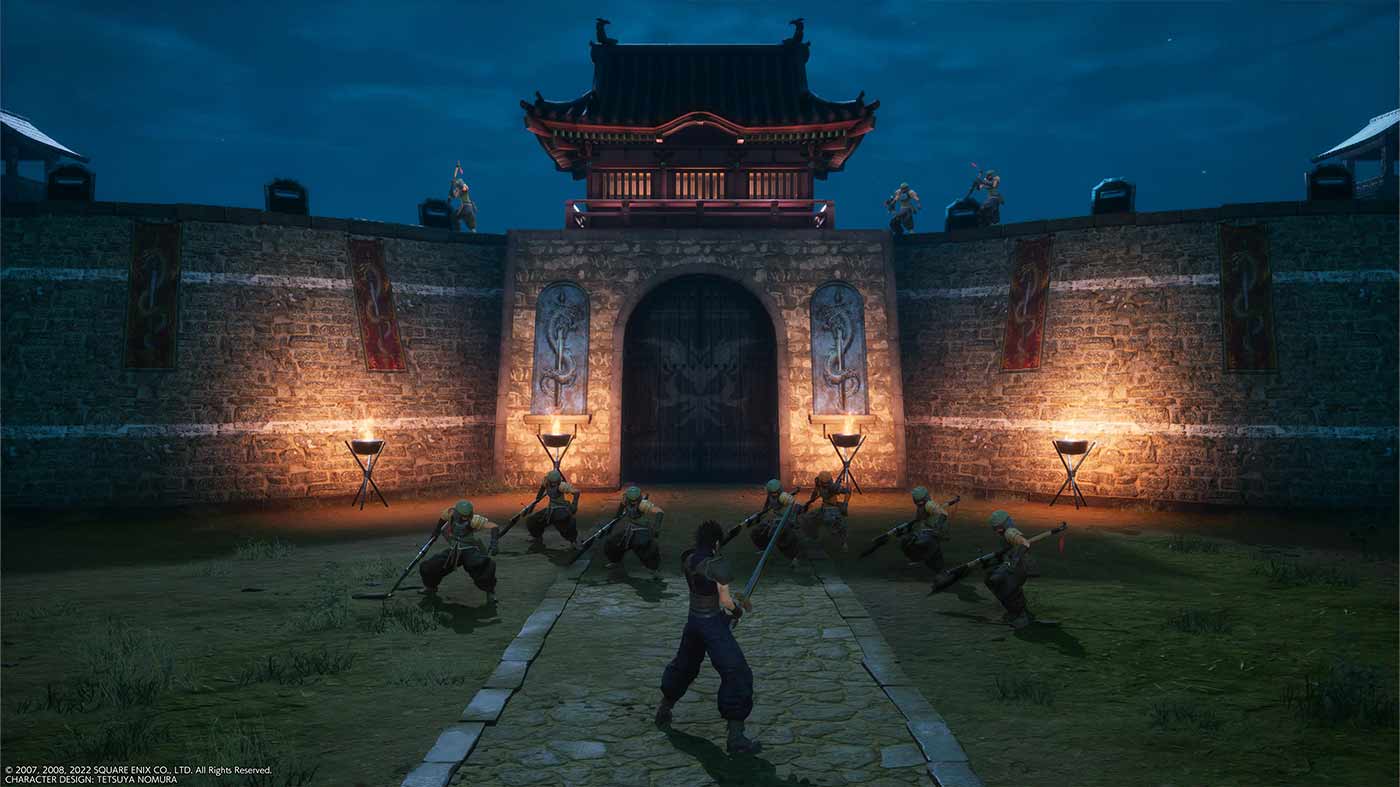
Obviously a lot of the appeal and the acclaim for Crisis Core on the PSP came from the impressive scope and production values given it was a handheld game on a 17-year-old device, but that’s not the case so much now. The overall structure of its chapter-based and mostly linear progression might be amusingly similar to the divisive Final Fantasy VII Remake’s arrangement, but there’s definitely an underlying simplicity that was more forgivable at the time. In particular, the glut of the side content coming in the form of hundreds of bite-sized and repetitive “Missions” worked perfectly on a primitive handheld device but is less than thrilling now. It’s a blessing that the reworked combat is as fun as it is because trudging through corridors broken up by the odd, stilted mini-game the rest of the time hasn’t been quite as exciting.
Of course one of the most major and immediately apparent updates to Crisis Core here comes with the graphical upgrades. Like the gameplay, the original framework of the game’s visuals is intact, so rather than start from scratch or significantly redo anything the team has retrofitted it all to fit modern platforms and technology. The level of detail in character models, textures, geometry, lighting and effects is a clear step up and much closer to what you can see in Final Fantasy VII Remake, but for the most part it’s all layered over the original blueprints and rigging, making this less than a remake but perhaps slightly more than what most would consider a remaster. I’ve taken to calling it a “reupholstering.”
The result is something that largely like Final Fantasy VII Remake at a glance, and runs superbly, but is awkwardly stiff and sparse by modern standards. The ghosts of the PSP version’s empty, rigid environments and dated animations aren’t bad enough to completely undermine the often excellent new assets but it’s certainly jarring at times. The ability to manipulate the camera in 360 degrees is very welcome though, and clearly necessitated a tonne of work from the studio to ensure there was actually something to look at beyond the confines of the old, more limited camera, which is definitely appreciated. I’ve been playing on PS5 where it’s all razor sharp and butter smooth, but I did also have the chance to check the game out on the Nintendo Switch earlier in the year and it looked great and ran shockingly well on the handheld screen.
I think the change that hardcore fans could get the biggest kick out of is the completely reworked audio, and not just when it comes to things like the new background music arrangements from the likes Takeharu Ishimoto. Pretty much the entire dub has been redone using voice talent from Final Fantasy VII Remake, and further than that every bit of in-game dialogue that was text-only original has been been recorded for the first time, which is exciting given the amount of cherished characters that wound up with zero voiced lines on the PSP. Hearing familiar lines re-recorded might be a slightly jarring experience at first but what I’ve heard so far has been perfectly fine and the payoff of the sheer volume of new dialogue should be well worth it.
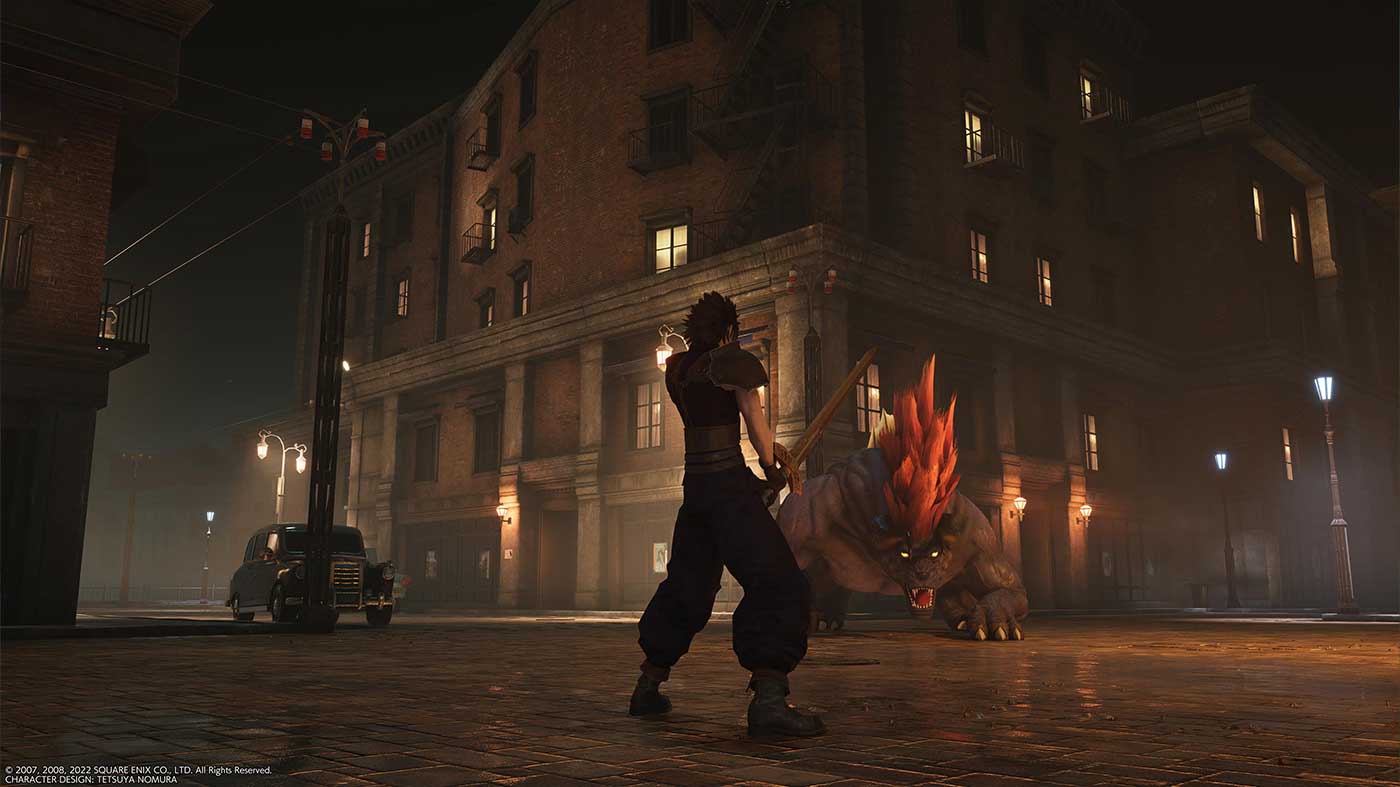
All said, I’ve had a good time with Crisis Core –Final Fantasy VII– Reunion so far, a fact that I don’t see changing drastically after playing through the rest of the game. Barring the small degree of potential for some last-minute surprises the game’s core content is, after all, a known quantity. With the improvements and visual treatments I’ve seen so far applied to the rest of the game, I’m fairly confident there’ll be enough here to satisfy fans of the original Crisis Core and Final Fantasy fans who’ve developed a new or renewed passion for Final Fantasy VII after the recent Remake.
Crisis Core –Final Fantasy VII– Reunion is coming to PS5, PS4, Xbox Series X|S, Xbox One, Nintendo Switch and PC on December 14th, 2022.


